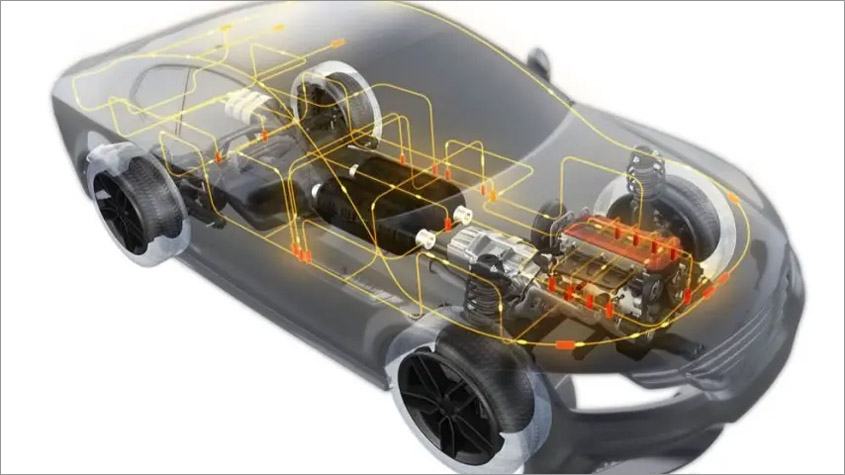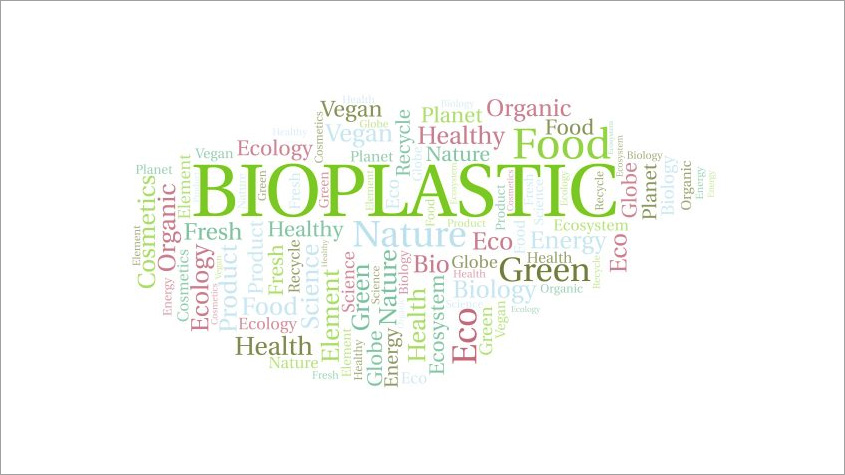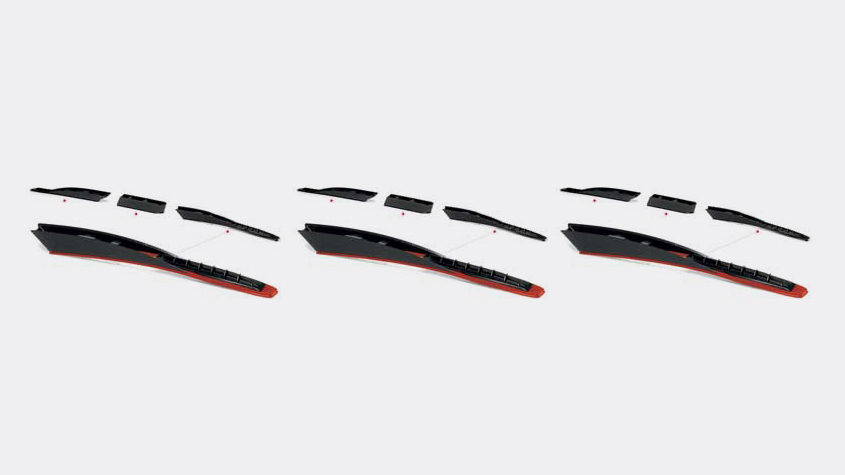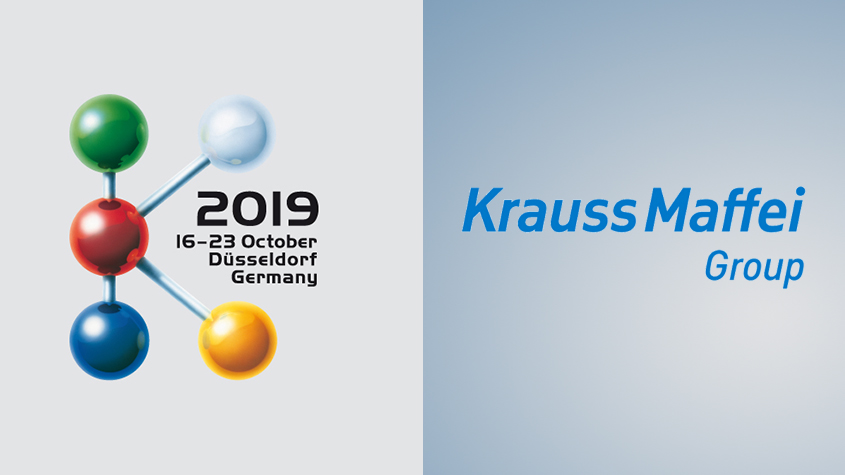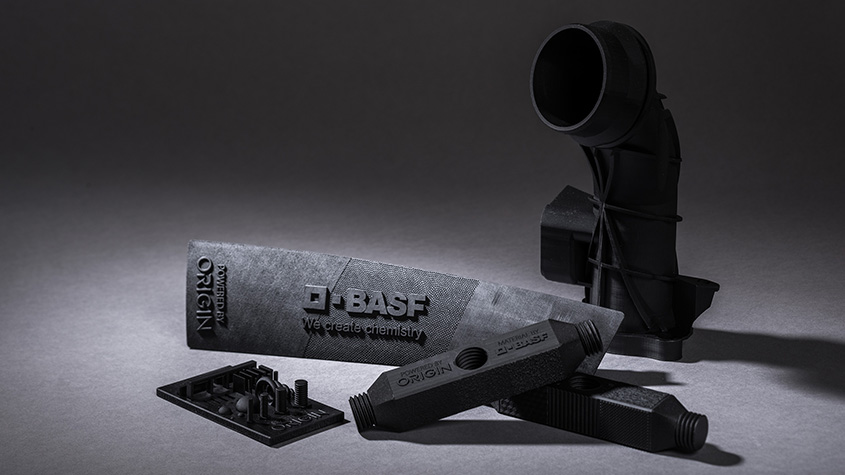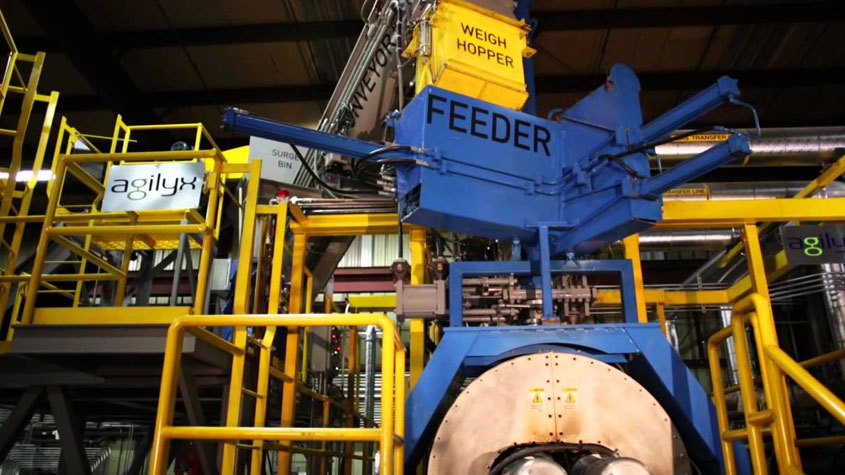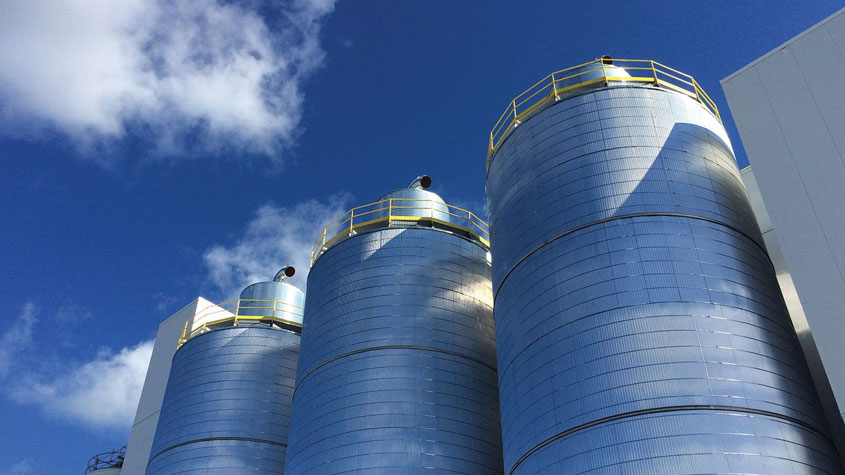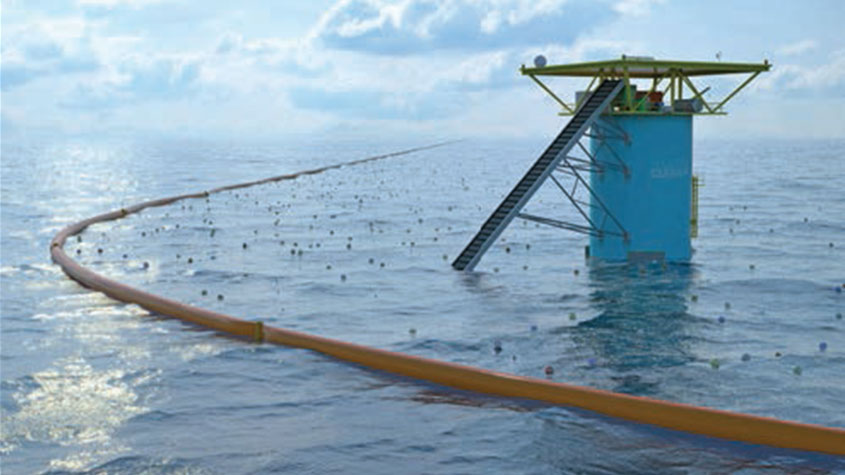Arburg to expand production in Germany; new building for large Allrounders
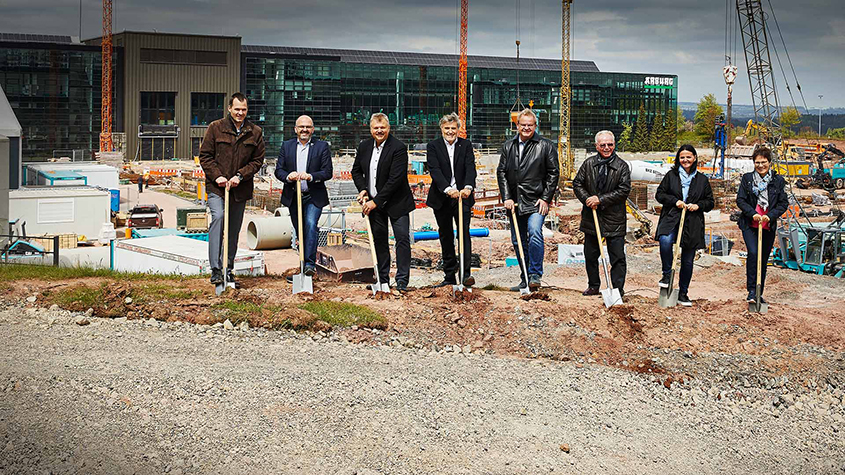
In keeping with the company’s move to maintain its production in Germany, injection moulding machine maker Arburg officially marked the start of construction on a new assembly hall with a ground-breaking ceremony. With the new building, production capacities for large Allrounder injection moulding machines and turnkey systems are being further expanded. The investment volume amounts to tens of millions of Euros. With this expansion, Arburg says it will grow its central production site in Lossburg, Germany, by around 17% to almost 200,000 sq m by 2020.
“In terms of building activity, we have been in a state of rapid progress since 2007: Customer Center, assembly hall, parking structure, exhibition logistics hall, Training Center and now a new assembly hall,” explained Michael Hehl, who as Managing Partner is responsible for plant development. Over the past 12 years, a considerable sum in the hundred-million euro range has been invested in new buildings at the Lossburg site alone, according to Arburg. In addition to the new buildings, Arburg says it invests around 4% of its annual turnover in its single production site.
“We are one of the world market leaders and continue to manufacture our high-quality machines for plastics processing, which our customers then use around the globe, with great success exclusively in Lossburg,” added Hehl. The company has seen continuous growth for many years regarding large injection moulding machines up to 6,500 kN clamping force and customer-specific turnkey systems. This had already prompted the construction of the assembly hall that opened in 2016, with capacity now reaching its limits.
The new hall will have a usable floor space of 28,500 sq m, of which 21,900 are available for production and administration. 3,700 sq m are reserved as a technical area and 2,900 are traffic area. The building volume totals 195,000 cu m. The ground floor is scheduled to be ready for use in the second half of 2020.
To further illustrate the dimensions of the construction project, Hehl gave some figures: “The excavated earth amounts to around 64,000 cu m, and the glass façade has a surface area of around 4,800 sq m. A total of 14,000 cu m of in-situ concrete and 2,000 tons of reinforcing steel will be used, while the pre-cast elements with a volume of 5,000 cu m contain 1,500 tons of steel.”
“As with all our construction activities, the focus is not only on functionality and aesthetics,” the Managing Partner stressed. “Environmental protection and the sparing use of resources and energy traditionally play a key role and have always been an integral part of our corporate culture.”
Various measures are being implemented in the new building to reduce its primary energy requirements to a minimum. This includes, for example, the use of geothermal energy for heating and cooling via 30 borehole heat exchangers with a depth of 199 m each, the utilisation of waste heat from machine test benches, compressors and ventilation systems and the expansion of the photovoltaic systems by a further 380 kilowatts peak. This is complemented by the use of rainwater and natural light.
KraussMaffei showcases pioneering Additive Manufacturing solutions at formnext
precisionPrint stereolithography 3D printer show smultilaser-technology for series product…

